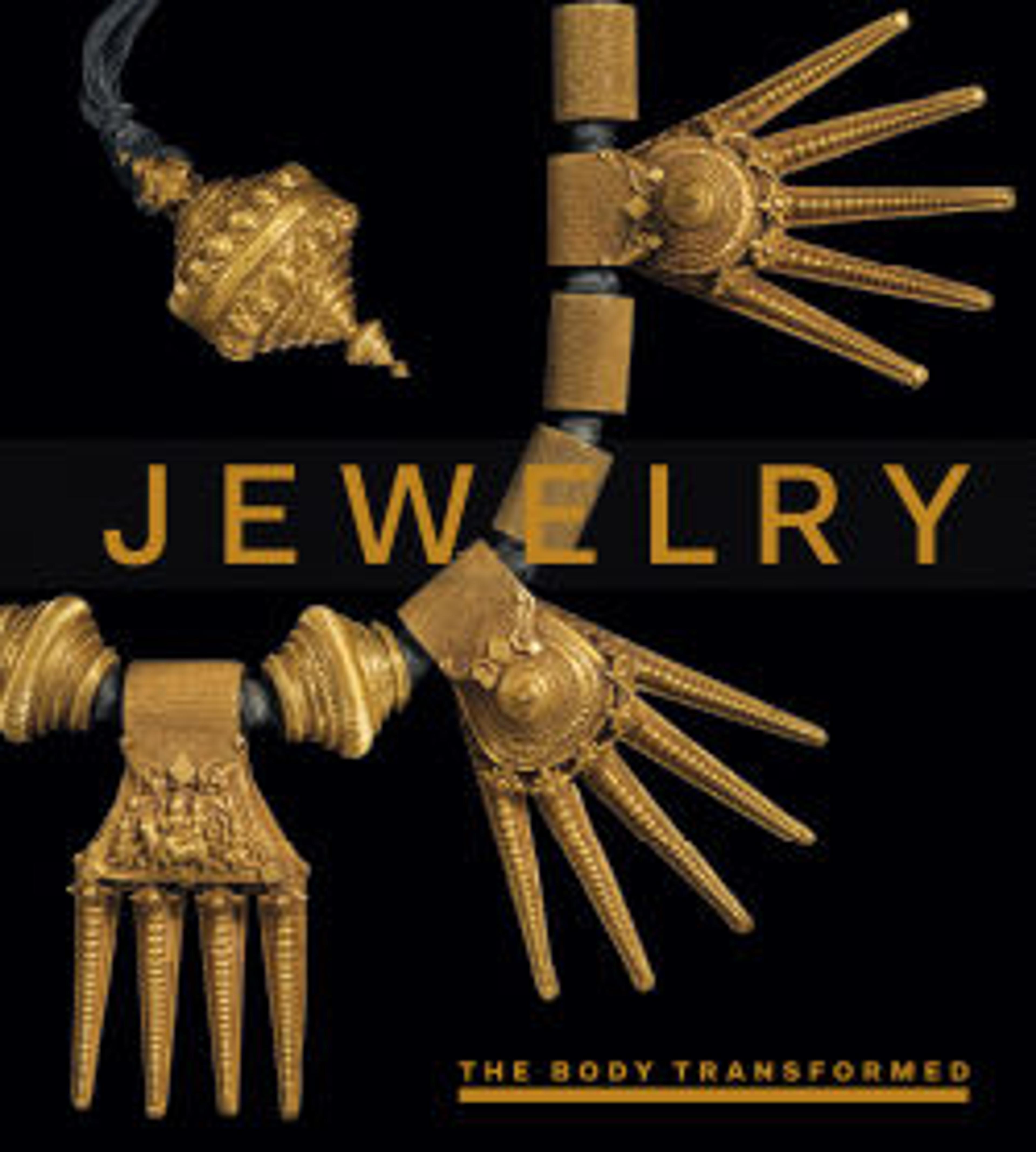Necklace
Designed as an openwork cascade of diamonds and pearls, this superb necklace is a masterwork by Dreicer & Company, considered one of the world’s finest jewelers from the late nineteenth century until the 1920s. Founders Jacob Dreicer and his wife, Gittel, immigrated to New York from Russia in 1866, bringing with them an extensive knowledge of precious gemstones. Their son Michael would later become a leading expert on natural pearls. Turn-of-the-century jewelers rejected heavy Victorian designs, following instead one of two concurrent trends: the avant-garde Art Nouveau and Arts and Crafts styles or, as seen here, the traditional fashions of elite society, industrialists and bankers. The cool elegance of this necklace epitomizes the garland style popular in Edwardian England and Bell Époque France. Although Dreicer & Company’s designs evoke eighteenth-century court styles, their execution relied on state-of-the-art technology and advanced use of platinum. The firm maintained a sumptuous shop at 560 Fifth Avenue, with branches in Chicago and Palm Beach. In its elegant showroom, modeled after a French salon, tea was served each afternoon to patrons such as the actress Sarah Bernhardt, the dowager Mrs. Astor, First Lady Ida McKinley, and Queen Elisabeth of Belgium.
Artwork Details
- Title:Necklace
- Maker:Dreicer & Co. (American, New York, 1868–1927)
- Date:ca. 1905
- Geography:Made in New York, New York, United States
- Culture:American
- Medium:Diamonds, natural pearls, and platinum
- Dimensions:Length: 15 inches
- Credit Line:Purchase, Sansbury-Mills Fund, Stainman Family Foundation Inc., Mr. and Mrs. Walter H. Buck, Martha J. Fleischman, Jacobsen Foundation, and Bonnie Johnson Sacerdote Foundation Gifts, 2012
- Object Number:2012.71
- Curatorial Department: The American Wing
More Artwork
Research Resources
The Met provides unparalleled resources for research and welcomes an international community of students and scholars. The Met's Open Access API is where creators and researchers can connect to the The Met collection. Open Access data and public domain images are available for unrestricted commercial and noncommercial use without permission or fee.
To request images under copyright and other restrictions, please use this Image Request form.
Feedback
We continue to research and examine historical and cultural context for objects in The Met collection. If you have comments or questions about this object record, please contact us using the form below. The Museum looks forward to receiving your comments.
